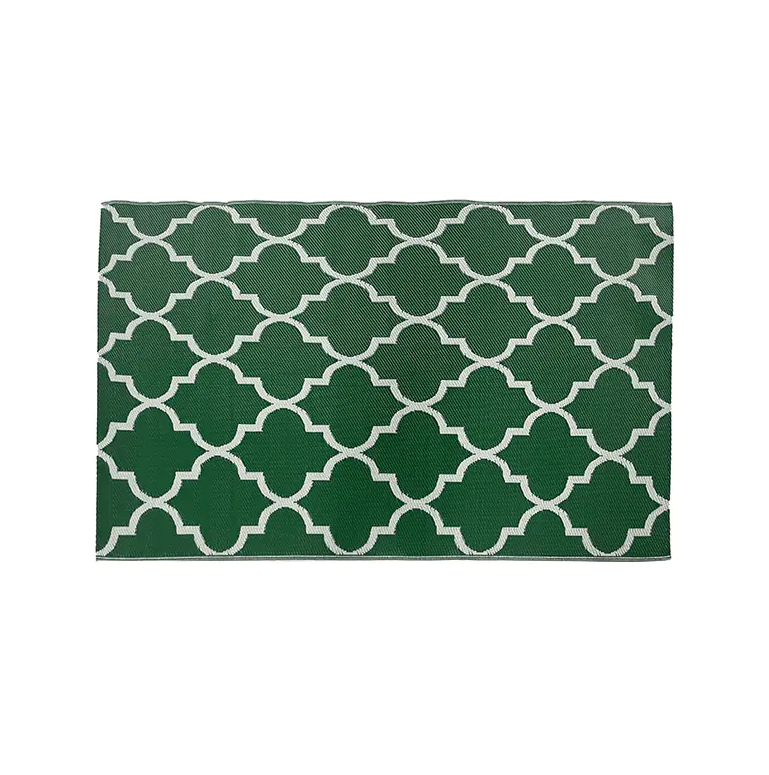A common question regarding the use of a PP Picnic Mat outdoors is whether it tends to fade or lose its vibrant color when exposed to prolonged sunlight. Since picnic mats are often used in outdoor environments such as parks, beaches, and campgrounds, they are frequently subjected to direct ultraviolet (UV) rays from the sun. The degree to which a PP Picnic Mat resists fading under these conditions affects both its aesthetic appeal and long-term usability. Understanding the material properties and manufacturing processes behind these mats helps clarify their durability against sun-induced color changes.
Polypropylene, the primary material used in a PP Picnic Mat, is a type of plastic known for its chemical resistance and durability. However, like many polymers, it is susceptible to degradation when exposed to UV radiation over extended periods. UV light can break down the molecular chains in polypropylene, leading to surface damage such as brittleness, chalking, and most notably, color fading. The extent of fading depends on factors such as the intensity and duration of sunlight exposure, the presence of UV stabilizers in the material, and the quality of the dyes or pigments used during manufacturing.
Many manufacturers address the issue of fading by incorporating UV inhibitors or stabilizers into the polypropylene during production. These additives absorb or reflect harmful UV rays, protecting the material and its color from rapid deterioration. Additionally, high-quality PP Picnic Mats use fade-resistant dyes that retain their brightness even after repeated exposure to sunlight. The combination of these protective measures significantly enhances the mat’s resistance to color fading, allowing it to maintain an attractive appearance for a longer time.
Nonetheless, even with UV protection, a PP Picnic Mat exposed to constant and intense sunlight may gradually show signs of color loss over months or years. The fading process is usually slow and initially subtle, often manifesting as a lightening of the mat’s original colors or a dulling of its overall vibrancy. Users who store their picnic mats away from direct sunlight when not in use can extend the lifespan of the colors and the material itself.
Environmental conditions such as heat, humidity, and exposure to other weather elements can also influence fading. For example, high temperatures may accelerate the breakdown of pigments and polymers, while dust and dirt accumulation can mask or exaggerate color changes. Proper cleaning and maintenance, such as wiping the mat regularly and avoiding abrasive scrubbing, can help preserve its appearance.
In conclusion, while a PP Picnic Mat is generally designed to be durable and fade-resistant, it is not completely immune to color fading caused by prolonged exposure to sunlight. The inclusion of UV stabilizers and high-quality dyes greatly reduces the rate of fading, but long-term exposure to harsh outdoor conditions will eventually affect the mat’s color. Users can maximize the mat’s aesthetic longevity by minimizing unnecessary sun exposure and following recommended care practices. Overall, the PP Picnic Mat offers a good balance of durability and visual appeal for outdoor use, with reasonable resistance to sun-induced fading.
PP Picnic Mat Size: 90x150cm, 90x180cm, 120x180cm, 150x210cm, 180x270cm, 240x300cm, 270x360cm, 270x540cm,customized size
Pattern: Customized
Material: PP/ Polypropylene
Applicability: Suitable for Picnic use
Packing detail: Each piece is folded/rolled
Size, design, and packing can be customized, and special requirement is allowed

